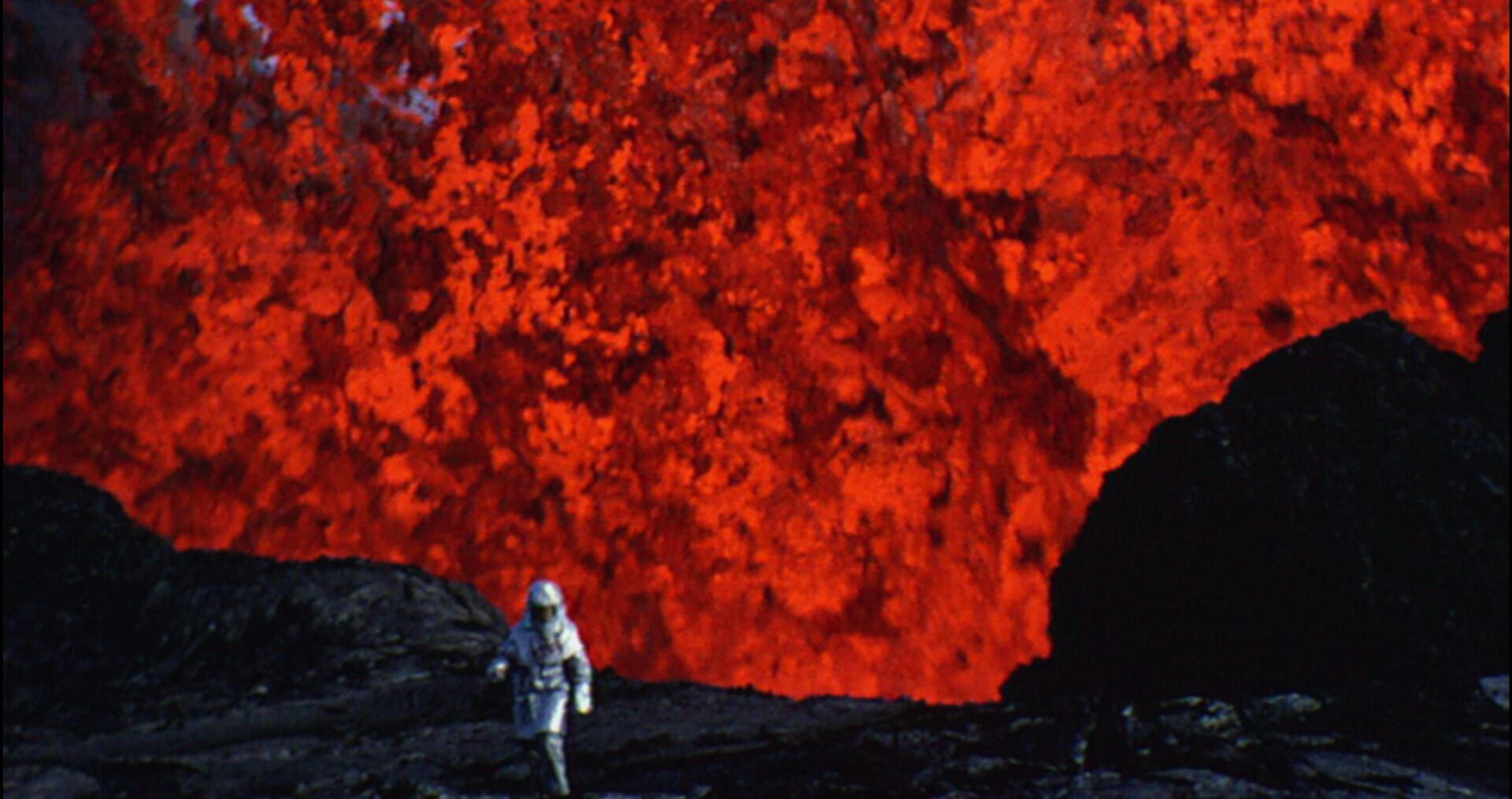Some view them as gods, some as ancestors, some as government. But the action of exalting is found globally.
In director Werner Herzog’s own words, “This is not something you will find playing on the National Geographic channel.” And will all due respect to NatGeo, from the very beginning, with the sounds of an angelic chorus singing hymns over images of a fiery chasm of volcanic magma, we know we’re in for a different kind of nature odyssey. Over the next 100 minutes, we follow Werner Herzog and volcanologist Clive Oppenheimer all over the globe as they witness some of the world’s most deadly volcanoes and the people nearby who call the land adjacent, home, in “Into the Inferno.”
About halfway through the movie, I had a realization that completely invigorated the remainder of the film’s runtime: Herzog has no intention of making a movie about volcanoes and their properties. Again, let’s leave that to the educational documentaries. This is hardly a film about volcanoes at all, it is, in fact, a story of humanity. Herzog’s journey is about humankind’s relationship to these fiery infernos, and how that varies from place to place worldwide. These chasms have produced legends of all kinds that vary whether he is in the South Pacific, Antarctica, the Caribbean, or most surprisingly, North Korea. The myths themselves are intriguing, but the heart of the film is the power that these volcanoes strike into the hearts of those who witness them up close. Some view them as gods, some as ancestors, some as government. But the action of exalting is found globally. So, when the film makes a detour to talk about the beginning of civilization, while I was initially puzzled, I recognized it as a way to confirm the focus on humanity, despite being led to believe it’s all about the volcanoes.
This type of bait-and-switch artistry is what makes Herzog so essential to the documentary world. He playfully rejects the notions we have grown accustomed to of the informational documentary and views the medium more as art than educational think-piece. This demands an extra level of attention from the viewer, but for cinephiles, this is a delightful treat to the stimuli. My personal realization that he had in fact made a movie about humanity disguised as a volcano film is the type of exciting realization that makes this engaging, and I wouldn’t be surprised if another viewer read into an entirely different argument, in fact, I’d welcome it.
Finally, unlike many films released in the fall which only get specialty releases in the major cities, “Into the Inferno” is already available to view on Netflix! In other words, there is no need to wait another moment to dive into this adventure. Let the ferocity of the world’s volcanoes matched with the insight of a documentary master be your companions on your next night in.
‘Into the Inferno’ is not rated. 104 minutes. Now streaming on Netflix.
H. Nelson Tracey
Nelson is a film director and editor from Denver based in Los Angeles. In addition to writing for Cinemacy, he has worked on multiple high profile documentaries and curates the YouTube channel "Hint of Film." You can check out more of his work at his website, hnelsontracey.com


